I was in the midst of Tahiti’s rainforest, submerged in a sea-green universe. My eye began to discern the black-greens from the blue, lemon or viridian greens, and the landscape shimmered. This was a mixing room of colors, Paul Gauguin’s palette come alive. Everything was oxygen and green, raw energy. I could feel it through my pores. Quite suddenly, it answered one of the nattering questions I had asked myself, as a painter, before coming here: Why, if French Polynesia is known for its azure waters, turquoise lagoons, and blue skies, did Gauguin compose his paintings with eye-popping reds, greens and yellows set against infinitely dark shadows?
Traveling to Tahiti to bask in its warm blue waters, I arrived just as a low-pressure storm hovered over the island for a solid week. So, I shifted my focus from blue to the color green asking, what rings truest? The romanticized azure of a tourist poster or the palette of Gauguin? As an artist coming to Tahiti for the first time, I had wondered why so many artists and dreamers such as Gauguin, Hermann Melville, Fanny and Robert Louis Stevenson and Jacques Brel, had traveled such distances to a smattering of islands in the South Pacific? Perhaps they wanted to be awakened, as did I. I wanted to be startled by the light, the noa-noa (fragrance), and the colors. I set out for Tahiti during the rainy season to experience it in its time of lush, wet renewal.
I began my visit where most do, in the capital of Papeete, a colorful cacophony on the main island of the archipelago. At French cafés, I sipped freshly squeezed pamplemousse juice and ordered from chalkboard menus. On some mornings, I would walk to Le Marche, a two-storied covered market that is a sensory feast of fish, meats, produce, plus colorful fabrics, hats and purses woven from palm, perfumes, and spices. In one corner, big-armed women set up their tables with bright calico cloth then a layer of newspaper. On this visual collage of printed text blocks and Matisse-like flower prints, they carefully placed pyramids of red, green, and yellow fruits and vegetables, or fragrant oils and shell work.
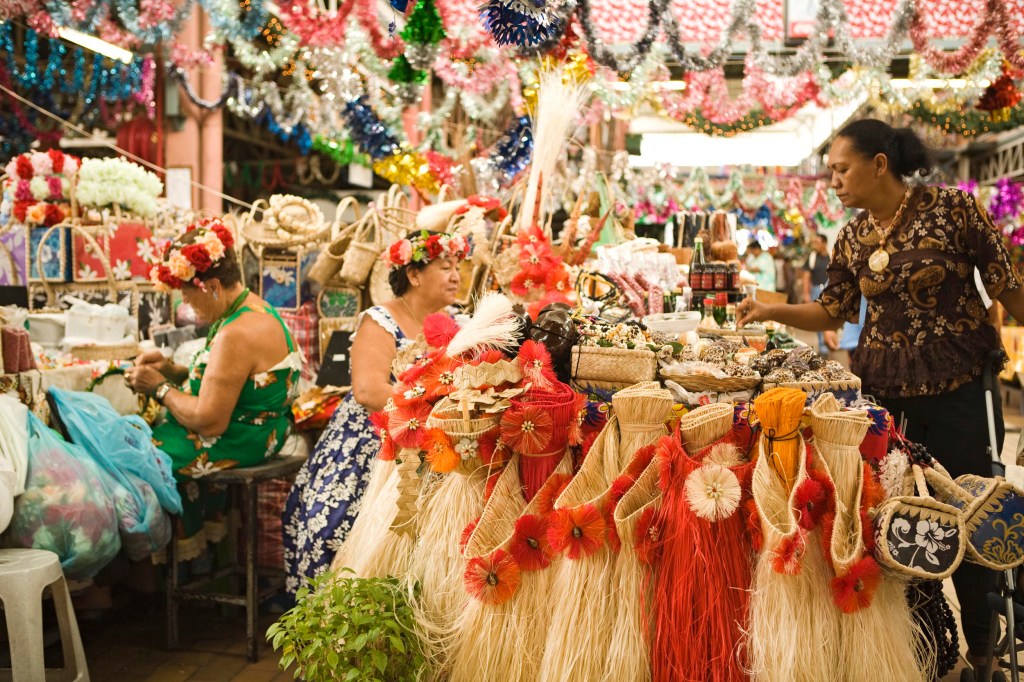
The fragrance most associated with Tahiti is monöi, translated as “perfumed oil,” used since ancient times was regarded as sacred. Today it is as well a key ingredient in modern cosmetology. Since 1992 Tahitian monöi has been protected by a certification system of authenticity guaranteeing its quality and local production. The oil is obtained by manually harvesting the sweet-scented buds of Gardenia taitensis, a flower that grows as a bush with shiny green leaves and abundant milk white flowers. It grows only in Polynesia. In Taravao, in the tablelands of Tahiti’s peninsula, the buds are collected every morning on tiare plantations. Each bud is carefully separated from its stem and placed to dry in the sun. The sun’s heat turns them from a carpet of brilliant white to golden brown. The drying heat concentrates the fragrances. The dried buds are then immersed in very refined copra oil, an extract from coconuts exclusively harvested in Polynesia, for several days, releasing their fragrance into the golden oil. Another, the tiare flower is the quintessential Polynesian motif. Today it is painted on the fuselage of the nation’s air fleet, printed on banknotes, and woven into aromatic necklaces that are given as a greeting gesture of goodwill and welcome. It is said that placing a single bud either behind the right or left ear lets it be known that if your heart is available or not. A newborn is bathed and massaged daily with the scented oil both to ease the stresses and traumas of birth and to allow the baby to feel its new body through the loving hands of its mother.
In a shop within Le Marche, called Fauura, I met Rehia Raveda, who showed me pieces of mother-of-pearl jewelry. Her hand-stitched necklaces begged to be touched. One looked like snake scale, and the grey mother-of-pearl revealed undertones of violet, green and rose. Her work was superb, carefully crafted objects of beauty, using the simplest material: fiber and shell. This necklace celebrated the island’s natural materials, changeable skies, the polish, and chime of running water. As I touched it, I longed to get closer to the sources of this handiwork, and so, using Gauguin’s journal Noa-Noa as my guidebook, I decided to set out south from Papeete which sits on the northwest coast to a spot near the village of Paea that inspired Gauguin, the Grottos of Mara’a. There, I climbed a flower-bordered walkway that led me to a series of fern-festooned grottos fed by overhead springs, following the gamelan sounds of droplets falling into the pools of the grottos.



Credit: Macduff Everton
Green is a pigment I rarely use. My favored palettes are of sea, sky, and desert, but the verdant depths of the grottos beckoned me. It was here, the painter wrote, that he swam further and further into the cave, scaring his young Tahitian female companion who knew better than to swim deep into the abyss. Perhaps, I mused, within that disturbing darkness he was able to dredge from his imagination the deep timbre of his paintings where shadowy figures haunt the background while the foreground dances with happy color. Three teenage girls arrived and somersaulted effortlessly into the black waters, splashing all over my reverie.
Further down the road at Papeari is the Harrison Smith Botanical Gardens. Entranced by its green, I stopped and sketched in a grove of mape (Tahitian chestnut trees) with their sinuous exposed roots grasping like bony fingers at the soil. “The Grandfather of Trees” is what Harrison Smith called them. I’d read that he was an American physics professor at MIT who quit civilization as he knew it in 1919. Smith imported more than 200 species such as the fruit trees mangosteen, pomelo, rambutan, and many ornamental varieties, creating his own garden of Eden around the grove of mape.
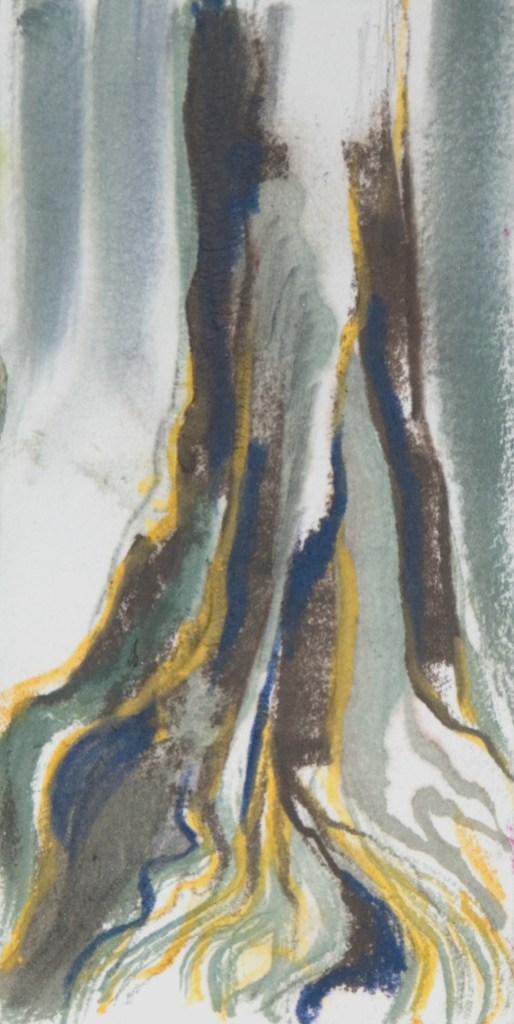
The Gardens only whet my appetite for greenness, so the next day I signed on to see the wild, rainiest part of the island, with Kevin Renvoye, a guide for Tahiti Safari. From Papeete, we drove east along the northern coast, passing black-sand beaches where surfers and boogie boarders rode head-high choppy waves. We turned off the circle road at Papenoo and climbed in the direction of the volcano’s caldera. The Papenoo Valley, Kevin told me, averages more than 216 inches of rainfall a year. The caldera itself has long ago eroded but what remains are lush amphitheater-shaped valleys steeped in every imaginable wavelength of green. More than 1,000 species of plants thrive here and have provided Tahitians then, and now, with a cornucopia of fruits, medicinals, and building materials.
While barely slowing down the Jeep, Kevin reached his hand out the window, plucked a yellow flower the color of fresh butter, and handed it to me. “This is one of a few hundred types of hibiscuses that is used as a medicine for earaches and as a tea for flu; its bark is also a common building material. But look at its heart.” A blood red circle of color covered the flower’s innermost base. “In a day, maybe less, the whole hibiscus flower will be streaked with red. Young girls, when they want rouge, dab the red pigment on their lips.” I, too, touched the color to my lips.
“Look here,” Kevin said, stopping to show our group of six a glistening bud from the wild ginger. “The natives used it as a conditioner for the hair.” He squeezed it from the stem toward the bud as if it were a tube of paste and a viscous liquid streamed into my palm. I stroked my braid with the sap, feeling as if it melded me to this landscape.
Continuing up the valley, we sighted a streak of pure power, the Vaiharuru waterfall. Kevin translated for me: “The Noisy one, or as we prefer, the Singing One.” I stepped out of the car, into the rainforest to watch hundreds of falls polish the igneous rock to a sheen. They ranged from thick and powerful surges to gossamer threads of white that come and go with the rains, only emphasizing the scale and size of the ridges that surround us. I was in a deep green bowl splashed with white, watching Gauguin’s palette come to life.
Back in the Jeep, we navigated past dams, waterfalls, and the Papenoo River. Colors mixed before my eyes, from gray, to green to swirling browns and indigos. Some of the waterfalls were now caramel-colored, heavy with soil from the rains. In moments, clouds wiped away whole mountainsides, only to reveal a razor-edged peak rising from the mist. I had expected the classic blue waters of Tahiti but realized that Tahiti begins here at its fertile, volcanic center. This was the abode of fearsome gods and fecund earth. This was what the painter had been grappling with. Kevin switched out of four-wheel drive before we joined the main road. Mud-streaked, smiling, and zesty, I combed out my ginger-sap braid and my hair felt like silk.
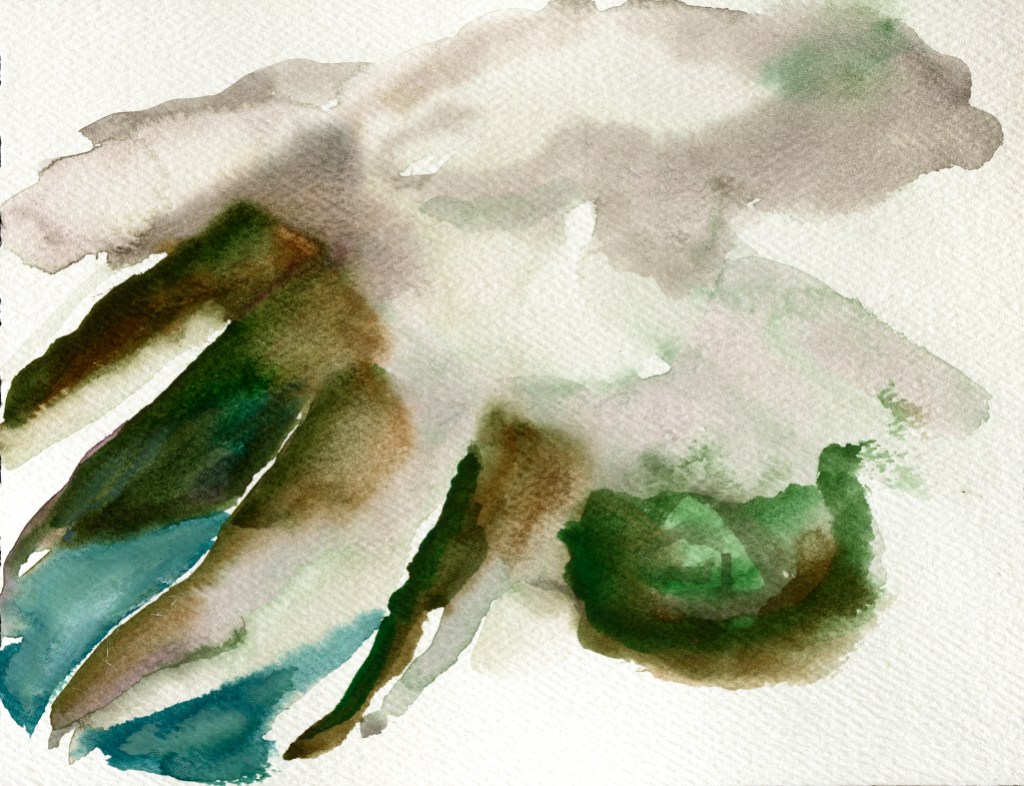
In my room at the Intercontinental Resort Tahiti, I made some small watercolors. From my heart, colors poured down like rivers, churning, and gouging the paper, gleaming in every possible hue of island. My pictures seemed paltry in the wake of the vivid experience. Yet I hoped that these sketches would act as talismans, a source that I could turn to later while in the solitude of my studio, to connect to this power I felt while in Tahiti.
Sign up for Indy Today to receive fresh news from Independent.com, in your inbox, every morning.
Although I first learned of French Polynesia through the work of European artists and writers, all around me were instances of native Polynesian art, the most ancient of all perhaps being the art of tatau. My guide Kevin showed me the six tattoos he acquired over time at significant moments in his life. Polynesians, once the world’s greatest navigators, sailed the Pacific in hand hewn, double-hulled canoes. The long strand of islands, archipelagos, and atolls were stepping-stones across a heretofore unknown sea. They traveled light: their history, clan and personal narrative written on the most ephemeral of parchments—their own skin. Even though most of the ancient tatau narratives have been lost or forgotten, there’s a resilient fusion of symbol and style, a blend of old and new. I was determined to find a traditional tattooist, just to see how Polynesians worked with pigments on skin and what the old designs looked like.
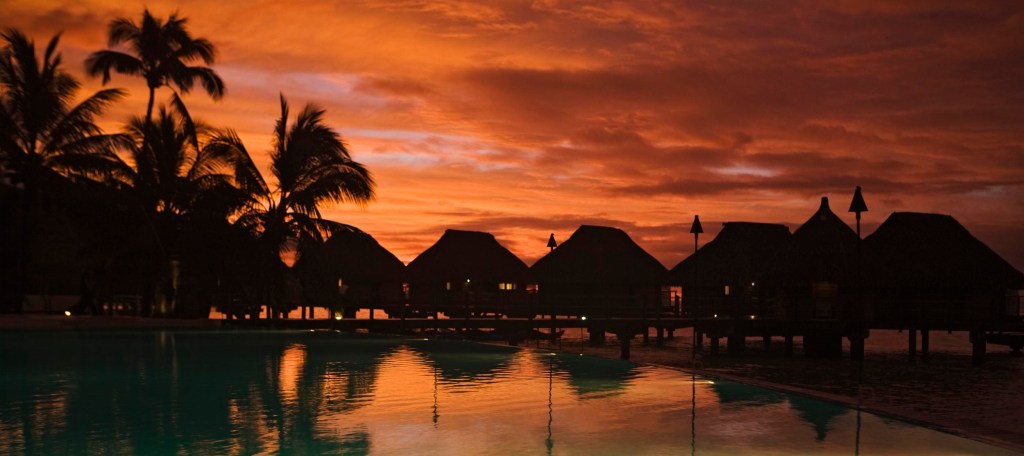
I arranged to meet a tattoo artist who worked in the traditional way on Moorea. I hopped a 30-minute ferry ride from Tahiti, the largest island in the Society Islands archipelago, across the dreamy-sounding Sea of Moons. As the catamaran ferry glided through the reef break into calmer waters, I felt a twinge of the primal sensation of sanctuary and refuge that the first navigators must have felt in spades, as if the sea rolled out a gentle carpet to usher them ashore.
From the terminal on the eastern coast, I rode in a taxi north to the Moorea Intercontinental on the island’s north coast. Along the way I caught glimpses of the toothy mountain range, the gentle curve of Moorea’s coastline. Palm trees rustled, kids at roadside stands hawked pineapples, women in bright gingham hustled by on mopeds. Still on Gauguin’s heels, I’d earmarked a passage in Noa-Noa. “The road was beautiful and the sea superb. Before us rose Moorea’s haughty and grandiose mountains. How good it is to live! …the landscape with its violent, pure colors dazzled and blinded me. I was always uncertain; I was seeking, seeking.”
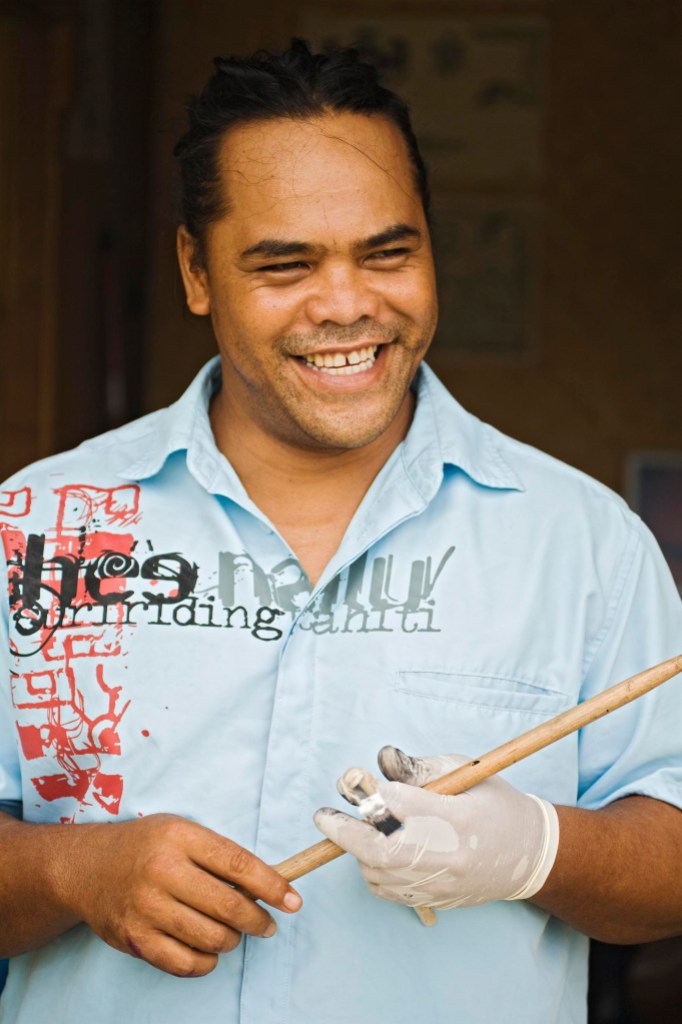
I found the tattoo artist’s grass-cloth and thatch shack between the hotel’s pool and the sea. As I approached, I could hear the thump of reggae beat coming from within. A handsome man with hair neatly combed into a bun emerged. “Hi, I’m James Samuela” he said, introducing himself. “My full name is James Tamueratahiaheeatuahuuiti. I come from a long-line of family practicing the tradition of tatau.”
If syllables were shapes and vowels were details within those shapes, I could imagine making a design from his name alone. He showed me the tatau, a tiny comb with needle-sharp teeth that he had fashioned from a shark’s tooth and tied with coir onto a smooth stick. His client, a man in his 20’s from Suffolk, England, had come to Moorea to have James cover his entire upper thigh with a traditional design. “We never even heard of Moorea, just looked up traditional tattoo on the Internet, and so here we are!” his girlfriend beamed. James dipped the tooth in dark ink and tapped to a percussive rhythm, gently, steadily, and coincidentally in synch with the reggae beat on the CD. “Why doesn’t he bleed?” I asked. “Ha!” he smiled, “With good tools you get your good results … it’s all in here” he says pointing to his hand-hewn instrument. “Man, when my dad used to tattoo it was gnarly, bleeding, pain. I go slow, don’t draw any blood, it’s the light touch.” Just as Gauguin voyaged here to recreate himself, he, and this young tattoo artist both shared a common bond, each in his own way trusting these islands as a wellspring for artistic expression.
That afternoon on Moorea, as I was staring out beyond the reef from my overwater bungalow, a white, unarticulated, overcast sky turned grey then mauve and when the sun momentarily shone from behind this scrim of weather it glowed as lustrous as a black pearl. And in it, I saw a muse. She summoned me to discover the mysteries of the black pearl.
Ron Hall, a laid-back Californian who sailed the seas, once crewed for Peter Fonda, then settled in Moorea in the ’70s. He had an entrepreneur’s knack for promoting the bounty and beauty of the sea, and his shop, Island Fashions in Paopao, a k a Cook’s Bay, is a popular spot with locals and visitors alike. “I just want good pearls, and I want good people to have my pearls,” he said with a twinkle in his eye as he offered his customers in Island Fashions a 3 minute, 38 second course in Ron Hall’s School of Pearl. I bit.
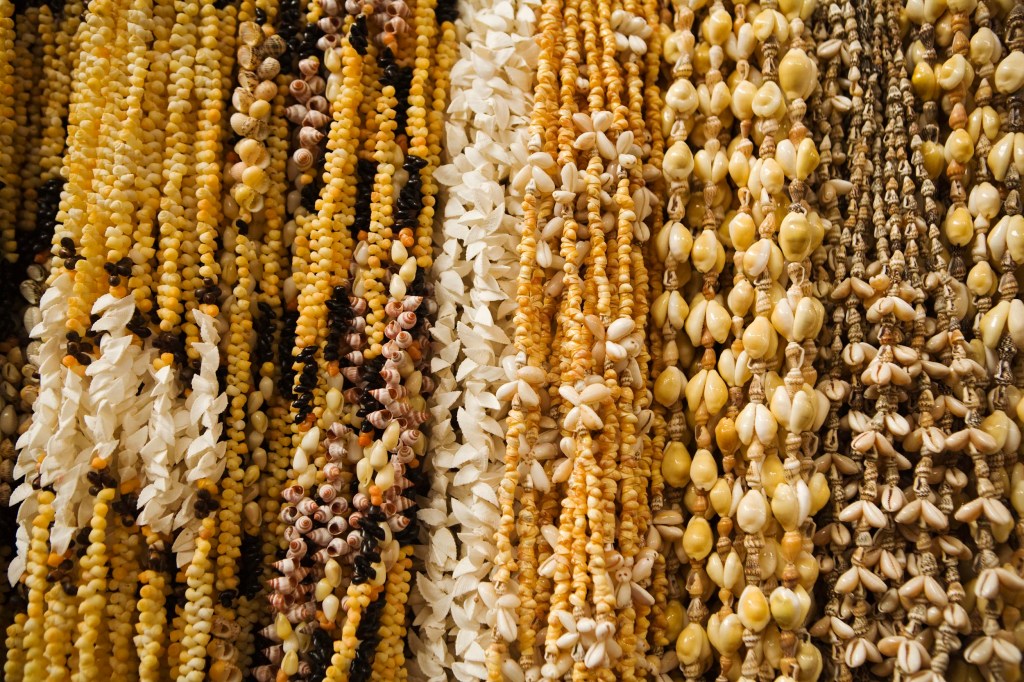
Pearls have been cultured for thousands of years, but not until ’70s did anyone try to do it with the black tipped oyster cultivated only in the atoll lagoons around Tahiti, the Tuamotos, Australs and Gambiers. Ron apprenticed to one of these innovators. The pearls are not actually black, but a sultry rainbow of peacock, bronze and pewter and the light or luster seems to emanate from within. They caught my eye the way the iris of an attractive person does, with a glint of reflection, warmth, and mood. From Ron and his son Heimata, I learned that white pearls have around 600-900 layers of nacre that form around a nucleus implanted in the oyster’s gonad. What gives black pearls such depth and reflective quality comes from 7,000–11,000 layers of nacre that is laid down as the oyster turns the foreign-object nucleus over and over, working hard to rid itself of it. Once again, I saw unembellished materials in their pure form being transformed into works of art. Naturally, by doing less, the result was ever more refined.
Later that afternoon, the rain began to subside from pouring to gentle. A local woman in a yellow flowered pareo stood just offshore holding a long cane fishing pole. Just yards from where I sat, a wave curled, and broke, flashing a glimpse of turquoise before collapsing into milk white foam, and storm-stirred browns. The woman’s sturdy body silhouetted against the water. Nothing is ever entirely gone if you have eyes to perceive it. Moments such as these captured Gauguin’s heart, as evidenced by his paintings. Natural, not forced, graceful—all these words synonymous with my experience of these islands. No wonder that those who catch the enchantment keep returning.
Perhaps the inspiration Gauguin found here — his awakening — was noticing the free flow between art and life. Life is art. Art is life. Whether it was the revivified designs of tattoo, fabric of pareos, jewelry patterns culled from the sea, or simply one’s wondrous body, art becomes using what is at hand to make beauty palpable. Most importantly, I realized, the Tahitian islands offer a gentler pace in which to savor life.
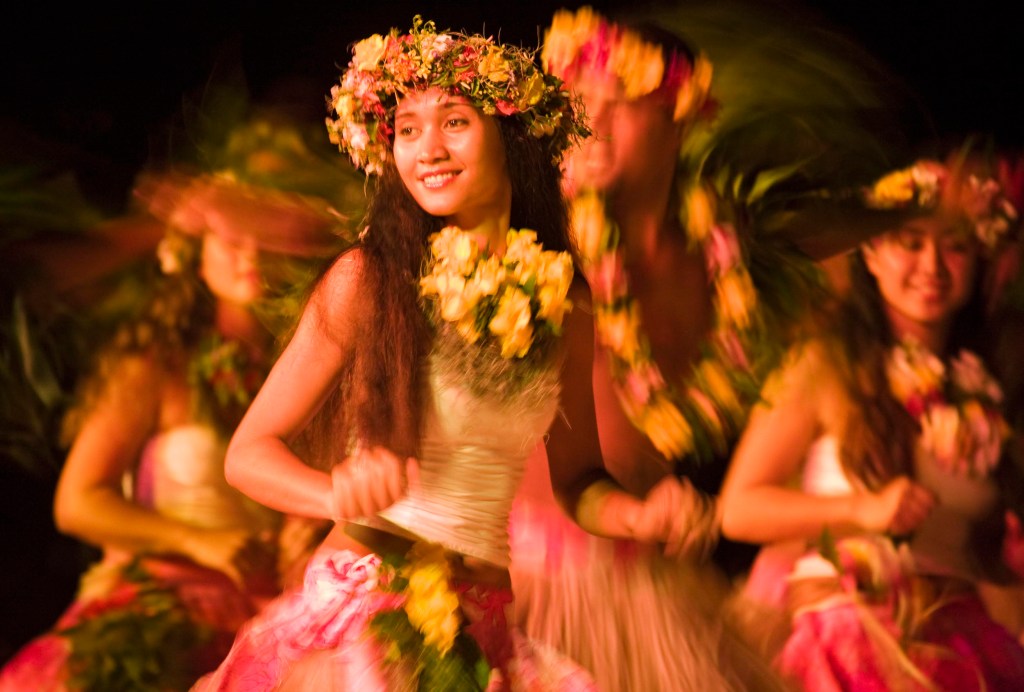
Back in Tahiti, the night before leaving for home, I watched a troupe of dancers perform. Dancing, the art of movement, is a way of life here that begins in childhood. “My sister moved to Sydney, Australia,” confided a Tahitian dancer as we watched the performances. “She now thinks we’re lazy but that’s how we are. We can sit and stare, and daydream, without moving. That’s how you learn to live here. We go into our dream.”
I recalled this conversation as I leaned against a post at the airport simply watching the rain puddle on the heads of red ginger blossoms. In my mind, I’d become one of Gauguin’s dreamy figures that stared off into space. The fragrance, the noa-noa, had drifted over me. Even before leaving, the longing took hold inside of me.
An earlier version of this story called “The Art of Awakening“ appeared in the October 2007 print issue of Islands Magazine.
Support the Santa Barbara Independent through a long-term or a single contribution.

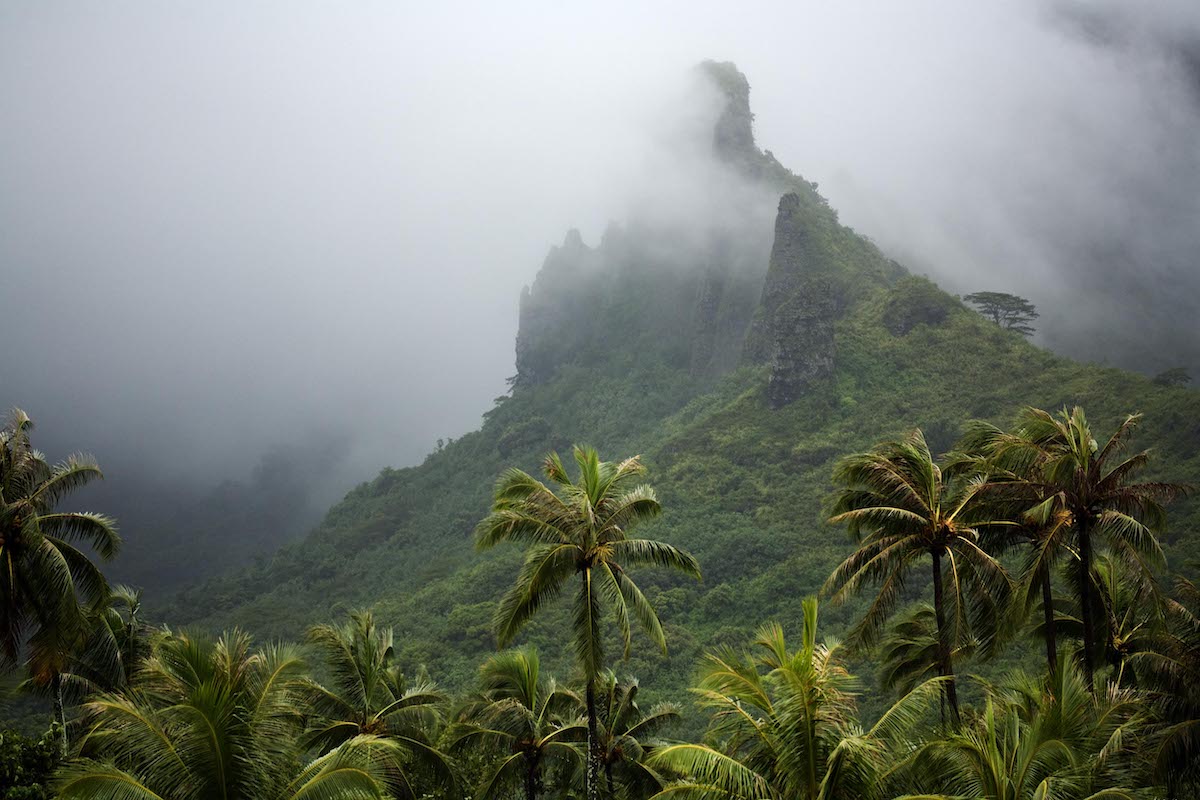
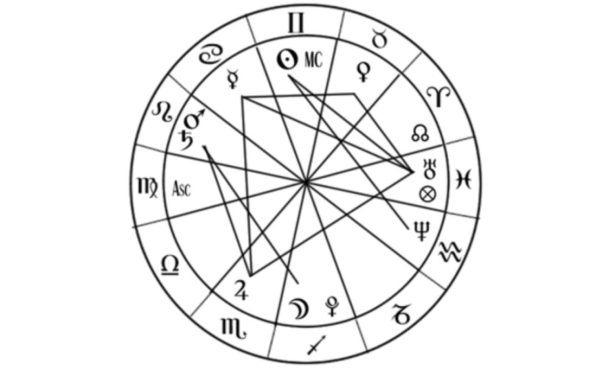


You must be logged in to post a comment.